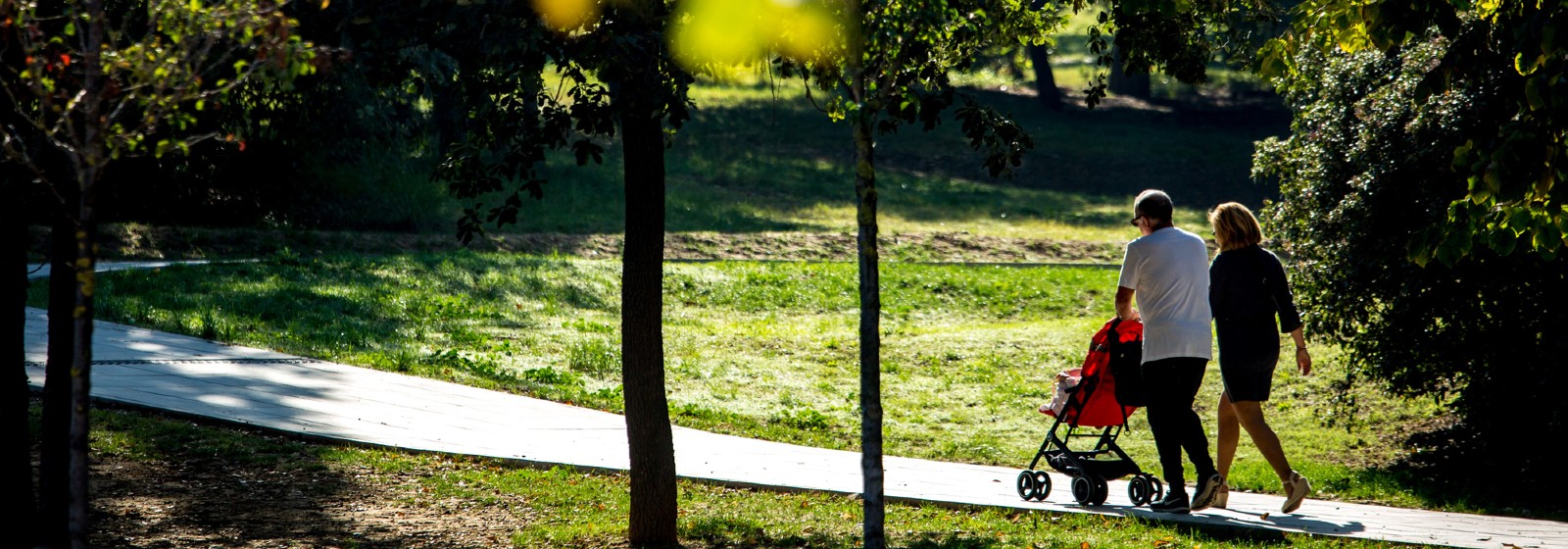The metropolitan territory of Barcelona, with an area of 636 km2 and more than 3.2 million people, is one of the largest metropolitan areas in Europe and plays an important role in the Mediterranean. Metropolitan cities tend to have a series of features (high residential density, aged housing, lack of green spaces, etc.) that negatively affect their environmental conditions.
Planning more sustainable and environmentally respectful cities and urban environments means giving special consideration to the most vulnerable areas and groups, as the inequalities they already experience also make them more vulnerable to climate change.
KEY ACTIONS
- To protect and promote the benefits provided by ecosystems to make cities healthier and more pleasant (greener and quieter cities, maintenance and management of agricultural and forest areas, presence of water, etc.).
- To ensure that renovation or rehabilitation projects and other types of interventions are opportunities to improve cities —both public spaces and homes— so they become cooler and less vulnerable to longer and hotter summers; in short, so they become healthier cities.
- To move towards more adapted metropolitan cities: more naturalised, with cool spaces and a building rehabilitation strategy that integrates energy criteria.
An adapted and healthy territory
The Metropolitan Urban Master Plan outlines what the metropolitan area will be like today and in the future:
- It will define the organisation of the water system comprised of rivers, creeks, streams, etc.
- It will delimit the optimal areas for generating renewable energies and thus facilitate a more decentralised metropolitan energy model through urban planning.
- It will improve inhabitability, environmental quality, rational water use and use of renewable energies, and it will encourage building rehabilitation and urban renewal.
Climate shelters
The climate emergency requires us to begin to act now with urgent measures. Therefore, the AMB and the metropolitan councils have begun to develop a network of “climate shelters” to manage heat and cold episodes and cope with extreme temperatures, which lead to an increase in mortality, especially among the most vulnerable people. Climatic shelters allow existing multipurpose spaces such as culture centres, libraries and parks to provide the most vulnerable population with comfort, water and rest areas.
